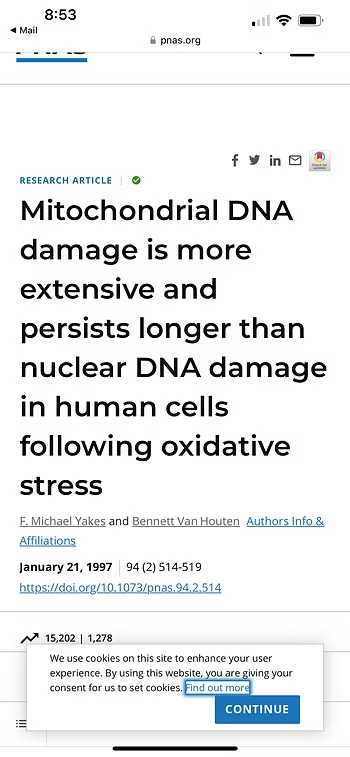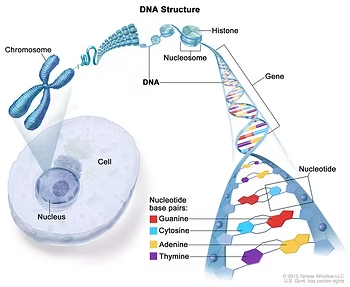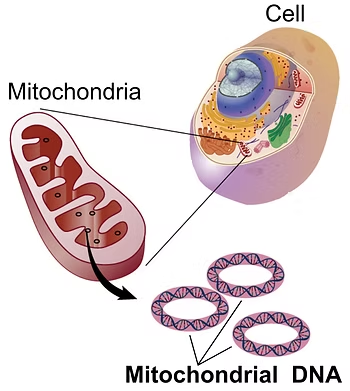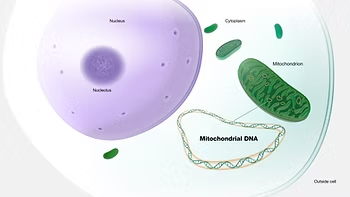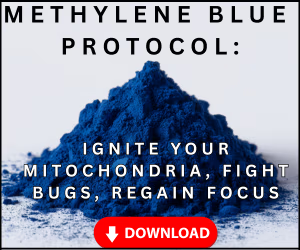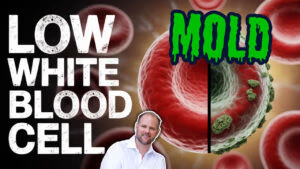A Grand Blueprint: The Inception of Our Cells
Fellow inquisitors, this revelation may indeed rattle your mind – it’s a story about our body’s smallest workers, the mitochondria. Now, consider this – when the grand designer of life set about sketching our blueprints, he infused our cellular structure with DNA, not just in our nucleus, but also within our mitochondria. Now, remember, each minuscule cell is the proud host of a bustling city of 500 to 2000 mitochondria.
Vital Research Unfolding the Mitochondrial Mystery
In our hands, we hold a treasure trove of knowledge: a research article that draws back the curtain on the DNA within our mitochondria. It unveils the startling truth – that this mitochondrial DNA bears the brunt of more extensive and long-lasting damage compared to nuclear DNA when faced with oxidative stress. And let’s face it, oxidative stress is as inevitable as life itself.
The Fort Knox of Our Cells: The Nuclear DNA
Visualizing Our Protected Nuclear DNA
For an illuminating insight, let’s explore these snapshots together. This one here depicts the DNA within your nucleus. Notice the far right side: the vibrant red and blue hues signify the nucleotides, intricately spun up into a gene. Then comes the histone, followed by the chromosome, and, at the very bottom, the nucleus. Your nuclear DNA, tucked away in this fortress, is shielded with maximum security, akin to the Fort Knox.
Examining Our Unprotected Mitochondrial DNA
Next, we dive into the mitochondrial DNA. Over here, you’ll notice the large, green entity – that’s your mitochondrion. The DNA has been carefully extracted from it and, as you see, is shaped like a circle. And here’s the startling fact: your mitochondrial DNA is completely exposed. No armor, no shields.
So, what does this mean for your health? It means that any trigger of oxidative stress or inflammation can wreak havoc on your DNA. Yes, your mitochondrial DNA is continually at risk, a mere sitting duck to these harmful effects.
Understanding these fundamentals is crucial to help protect these tiny powerhouses within our cells, ensuring our overall health and longevity.
Frequently Asked Questions (FAQ)
Mitochondrial DNA (mtDNA) is a small circular strand found inside mitochondria, separate from the DNA in the nucleus. Unlike nuclear DNA, mtDNA has no protective histones or membranes, making it more vulnerable to damage.
Mitochondrial DNA is located near the cell’s energy-producing machinery, where oxidative stress and free radicals are generated. Without protective structures like those in the nucleus, mtDNA is more exposed to damage.
Damage to mitochondrial DNA can disrupt energy production, leading to fatigue, cellular dysfunction, increased risk of chronic disease, and accelerated aging.
Protecting mtDNA involves reducing oxidative stress, eating antioxidant-rich foods, supporting cellular health, and adopting therapies like red light therapy to boost mitochondrial function.

